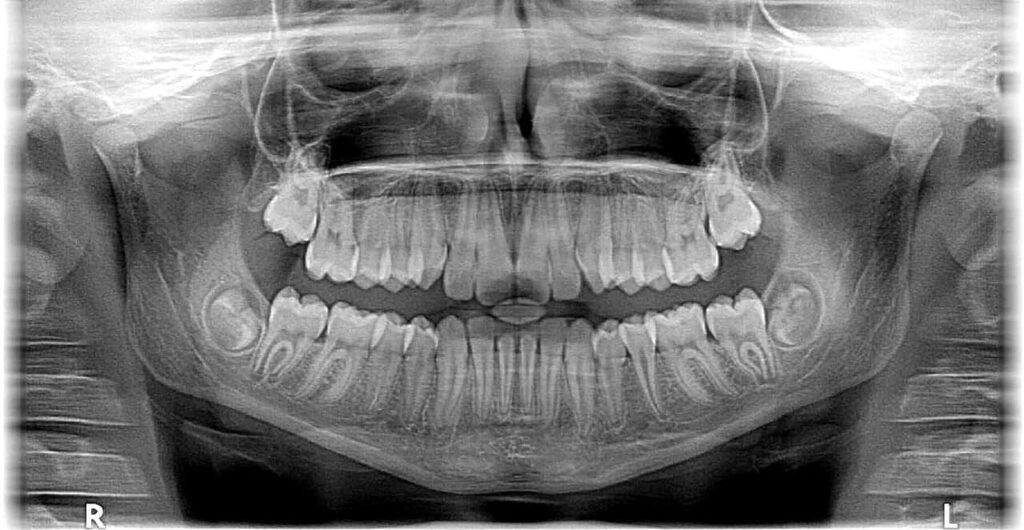Our 3 Locations
Understanding Dental Occlusion

When you close your upper and lower jaws, your teeth should fit together perfectly. However, this is not the case for many people. Misalignment of the jaw affects people for a variety of reasons. The most common types of misalignments are either an underbite or an overbite. The scientific term for underbites and overbites is malocclusion.
What Is Dental Occlusion?
Dental occlusion simply refers to how the top and lower teeth contact each other. Malocclusion refers to any misalignments in how your teeth contact each other. Malocclusion isn’t a life-threatening ailment, but it can cause significant discomfort in some people. Affected people often report tension headaches, pain when eating, soreness in the jaw joints, neck pain, eye headaches, and muscle tension. It can also cause problems for your gums and teeth. Those with dental malocclusion are more likely to suffer fractured teeth, wobbly teeth, or have highly sensitive teeth.
How Is Dental Malocclusion Treated?
Unlike other forms of dental intervention, dental alignment treatment is not overly invasive. Your dentist will take images of your jaw and create a dental appliance that fits your teeth exactly. You will wear the dental appliance at night and it will help shift your teeth back into the proper position. However, there are other remedies that dentists can use. These include:
- Equilibration – Ensures that your bite force is not damaging your teeth. Your doctor will inspect your bite and make adjustments to prevent complications related to malocclusion such as tooth fractures.
- Restoration – In some cases, it won’t be a matter of taking away material that is there, it will be a matter of adding material that isn’t there. In this case, crowns are added to teeth to ensure that the force of the bite is distributed evenly across your teeth.
- Orthodontics – Braces can be used to fix bite occlusion.
What Causes Dental Malocclusion?
Like so many other things, you were simply born that way. In other cases, dental malocclusion can be caused by childhood behaviors such as thumb sucking or the overuse of pacifiers or other oral devices. For some, difficulty with breathing through the nose can result in dental malocclusion. So can bad oral habits.
Essentially, malocclusion occurs because your teeth don’t align properly. The trick then is to push the teeth into the right position in your mouth. Once the upper and lower jaw are aligned, we can begin making small changes to individual teeth to reduce harmful pressure points. Once the procedure is completed, you should notice less pain when chewing, fewer inexplicable headaches, and you’ll suffer fewer cracks in your teeth.
Talk to a Flagstaff, AZ Dentist Today
Peak Family Dental Care in Flagstaff can help you or your children deal with dental malocclusion and other issues which can have cumulative effects and decrease quality of life years later. Call today to set up an appointment and we can begin your initial checkup immediately.
